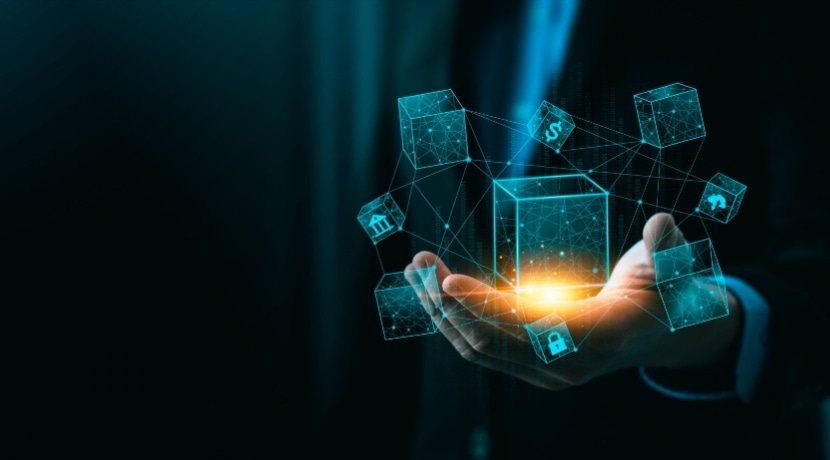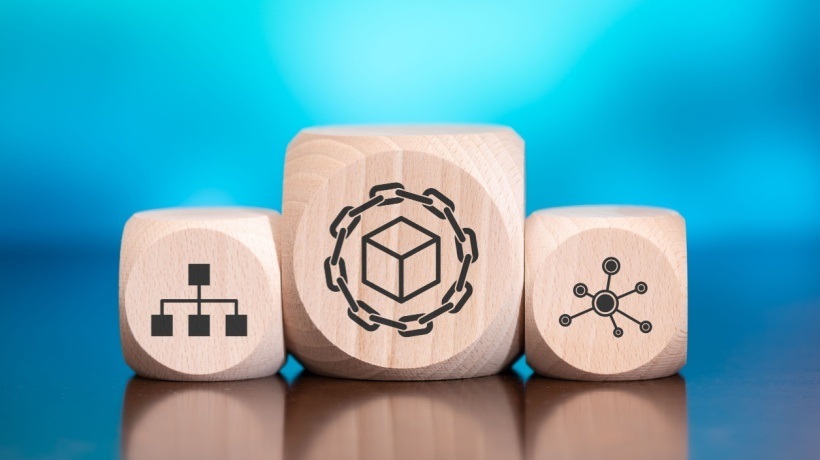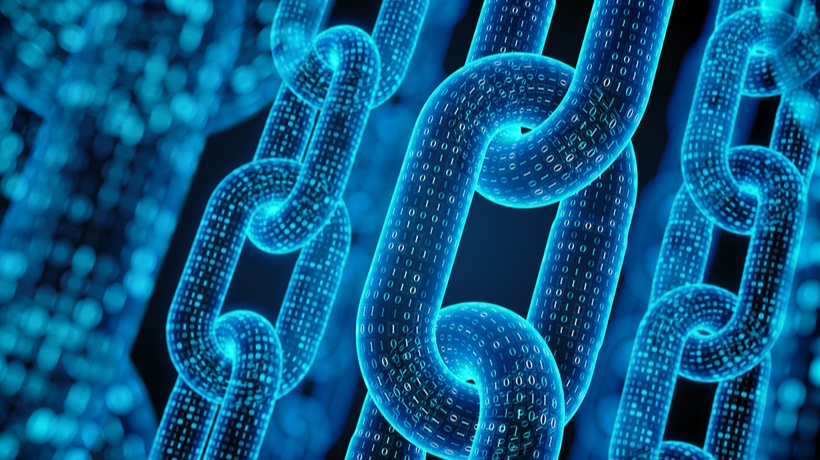The Experience Api And The Learning Record Blockchain
In my first article about Usage Of Blockchain Technology In eLearning I gave a brief abstract about blockchain and one possible application scenario. This article takes a more detailed look at another application scenario, which is the combination of the blockchain technology and the Experience Api.
What Is The Experience Api?
The Experience Api (xAPI) is an outcome of project Tin Can, of SCORM standard, which was developed since 2010 by ADL (). The main focus of the xAPI is to capture data about a person’s activities with instructional content or performance context information.
Examples of a person’s activities which can be tracked by xAPI are:
- Reading an article
- Taking a test
- Watching a video
- Chatting with the course instructor
The big advantage in comparison with SCORM is that learning can be tracked outside of the web browser, and group-based learning activities can be tracked. Moreover, it can track experiences in serious games, software simulations, informal and offline learning. One of the biggest advantages is also that you don’t an LMS to use content which is compatible with the xAPI.
xAPI provides the data in human and machine readable “activity streams” and provides sub-API which you can use to access and store all information about state and content.
How Could Blockchain Technology Support The xAPI?
If you want to record data, which was captured by the xAPI, it is normally sent to a Learning Record Store. This learning record store (LRS) is the central element which is connected to other tools to send or retrieve learning activity data. In comparison to a LMS, the LRS doesn’t have features like user management, classroom management, test features, etc. but it has all you need to store the captures data and to use it for analytics.
This LRS is normally stored on one server and just contains the data of the activities of the applications which have a xAPI which is connected to this special Learning Record Store. This Learning Record Store could also be created by using blockchain technology. To avoid confusion, I call this one Learning Record Blockchain (LRB).
By using blockchain technology every single activity of a person or group would be stored in one block. This block contains a cryptographic hash of the previous block, the active data, and a timestamp.
Benefits Of A Learning Record Blockchain
The collected data wouldn’t be stored on one server. It would be stored on all the different nodes which are part of the network so that every node has a copy of the blockchain. This makes the data secure by design as at least 51% percent of the nodes need to be hacked so that the manipulated data is recognized as the “correct” data.
LRB should then be implemented public as it has the advantage that you don’t need any access control and so other applications can be added any time. In this case, learning activities from all applications which are connected to the LRB are stored there.
LRB could store all formal learning activities, e.g. taking a test at university, and also all informal activities of a learner, e.g. reading an article and attending online lessons, which is then validated by the nodes. Right now, every “informal learning activity” is not stored anywhere and if so it is normally not validated.
Data of the LRB could be used to give the learner recommendations for further development. Here prospective content from all the applications which are connected to the LRB could directly be recommended to the learner and he could access it directly without wasting time searching for this content. Beside just recommending content you could also recommend study programmes or job positions if there’s enough data available. Of course, here it would help if there was one central taxonomy which is used to tag the content.
Conclusion
A decentralized and permissionless learning record blockchain could really be a game changer. It would reward anyone who goes that extra mile by learning at home. At the moment this data is not tracked nor validated. With LRB these activities would be captured and stored. This could lead to job recommendations from recruiters or support the learner in further training.
Of course, a lot more research needs to be done to set up the correct technology and to find partners who are willing to support this idea. But maybe this can be a first step in the right direction.









